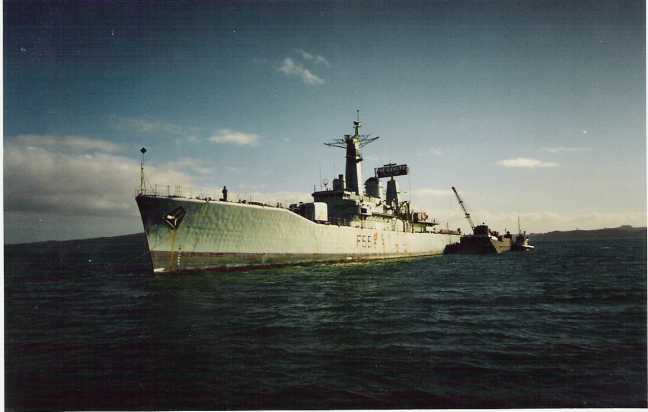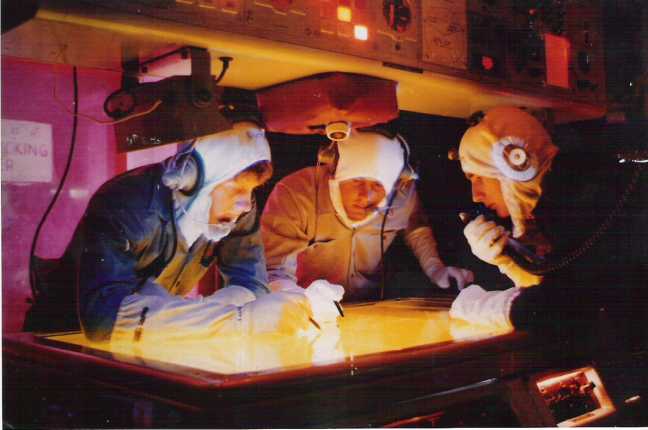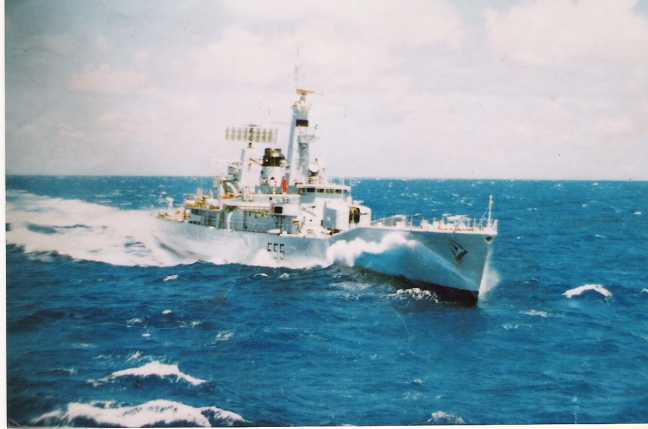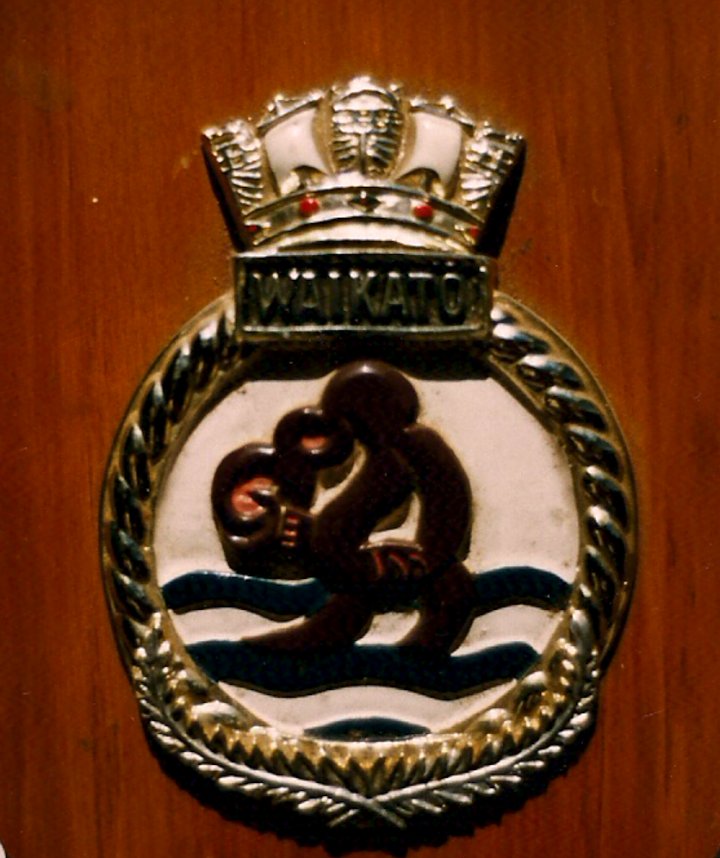On 25th November 2000 H.M.N.Z.S. Waikato was deliberately sunk two miles south of Tutukaka in Ngunguru Bay as an attraction for visiting divers. New Zealand has something of a habit of doing this. The country has sunk around 5 assorted frigates, and nearby is the oceanographic vessel Tui, sunk in … I was lucky to dive this wreck three years later so she was almost pristine and I was very glad of the opportunity, because we were about to sink a frigate of the same class in Whitsands Bay near Plymouth. She is called the Scylla, and was to be Britain’s first artificial reef. I was eager to see what we might expect.

The Waikato was a Leander Class Frigate, and the first one to be built for the New Zealand Navy. She was built by the Belfast firm of Harland and Wolfe, and was launched by Princess Alexandra on the 18th Feb 1965. She was just over 350 ft long, was around 36 ft in the beam and displaced 3182 tonnes. As an anti-submarine frigate, the Waikato was armed with twin 4.5in guns in one turret, two 20mm Orlikeon machine guns on the wings, a quad Seacat anti-aircraft missile launcher, six 12.75in anti-submarine torpedo tubes, one anti-submarine warfare Limbo mortar Mark 10 and a Wasp helicopter capable of delivering both depth charges and the Mark 46 anti-submarine torpedo. She had a top speed of just under 30 knots, and a ship complement of 239 men, including 19 officers. The ship took its name from the North Island Province of Waiato and was the first New Zealand Navy vessel to adopt this name.

The Waiato had a relatively peaceful life, but she was instrumental in rescuing a US Navy Sea King helicopter which was losing power and running out of fuel. Her small flight deck wasn’t designed for such a large aircraft to land, but she managed, saving the crew and the aircraft. In 1970 she had a major fire in her engine room, and the enquiry into this led to the Navy completely changing its procedures for combating fire, and rethinking part of their Damage Control. During the Falklands War she was stationed in the Indian Ocean to relieve a Royal Navy ship carrying anti missile weapons. In July 1998 she was decommissioned, and a new life beckoned.

At first this new life didn’t seem up to much and consisted of being a viewing platform for the America’s Cup races. Soon however she was purchased by the Tutukaka Promotions Society so that she cold be sunk as an artificial reef and an attraction to divers. After five months of stripping and cleaning the Waikato was ready for her big day and was towed to an area off the Tutukaka Heads. On November 25 th 2000,just after mid day, Rob Snelling who had won a raffle for the honour, hit the detonator and twelve large holes were blown in her hull. With thousands of people watching on land and sea ,down she went. Her end took just two and a half minutes.

Now the Lleanders, have a known weakness, which is just behind the turret, and in front of the bridge. As the Waiato plunged to the bottom, her bow hit the seabed, and as her stern followed, the bow fell off. So now the Waikato lies with her bottom in 28 metres with a list to port with her bow completely separated. This has actually made for a much better diving experience, as you don’t often she a ship neatly cut in two. Unlike the Scylla, they have left the gun turret on, as well as the funnel, and only hacked off that part of the radar mast that would have stuck out of the water. At its shallowest, the Waikayo is only 8 metres below the surface. So what’s she like to dive?

I really enjoyed this wreck, even though it was sunk deliberately. The wreck is basically upright with the bow seperated from the wreck but very nearby. You go down the radar mast and then you can swim out to the bow which for me was the best bit of the wreck as I have never seen a completely detached bow before. Coming back you go to the stern and swim through the helicopter hangar and then into the bridge. Just before the bows breaks off there is a twin turret with the guns still attached. very nice. The vis was about 60ft and the the whole thing was very nice, if a bit antiseptic.Still if you are over on a trip its well worth doing.

Tom Johnson says
Good article Pete. was a bunting on her 1969 to 1971 good ship to crew had a lot of fun and experience as a teenager in the RNZN
regards
Tiny